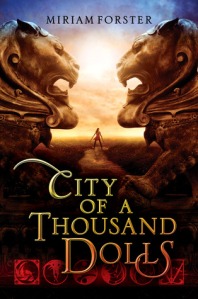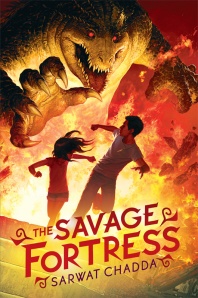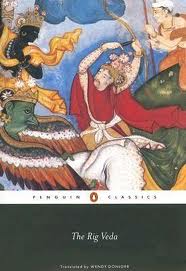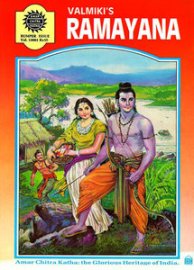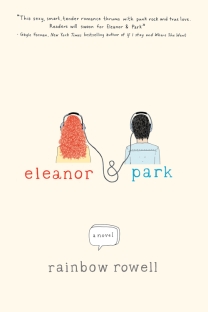With Benjamin Alire Saenz at the 2013 Printz Awards Reception.
Some of you may or may not be aware, but I’m on the ballot for the 2016 Printz Committee. I only realized after submitting my information (and reading the profiles of the other fabulous candidates) that I left out some stuff. Therefore, if you’re a member of YALSA, and are planning on voting between March 19 – April 25, I’d like to share with you a teeny bit more about myself, and why I would be a good fit for the Printz Committee.
I’ve served on several children’s and YA book selection committees since 2009, which include: YALSA’s Quick Picks for Reluctant Young Readers (2009-2011), the ALA Amelia Bloomer Project (2012-present), the 2012 CYBILS Awards (Book Apps category), and the 2013 John and Patricia Beatty Award Committee (California State Library Association). My service on these committees demonstrates my passion for engaging in critical discussions on youth literature, as well as the ability to hear and take into consideration diverse viewpoints. These are vital qualities for selection committee members to have in order to move deliberations into a positive and productive direction.
Much of my professional career has been spent in youth services – I was a full-time teen services librarian until late 2010, when I shifted to a position as a part-time youth services librarian (working with children, tweens, and teens). In this role, I am primarily responsible for selecting picture books, early readers, and juvenile replacement items, and programming and reference for ages 0-12. While we were in the process of recruiting and hiring a new teen services librarian, I was the interim YA selector from August 2013-February 2014. Additionally, I have been an adjunct community college librarian since 2011, serving adult patrons who range from fresh-out-of-high school to non-traditional students returning to the classroom after a long hiatus). My varied work experiences have given me several opportunities to share my expertise in great depth, whether it’s co-planning a quarterly readers’ advisory program with our teen librarian, or teaching college students how to find and organize resources for an upper-division English assignment on fairy tale tropes in young adult literature.
The Printz Award is given to books that embody the highest quality of writing in young adult literature. As a librarian, I always want amazing books to have wide readership, but in the case of the Printz Award, popularity and appeal are not criteria. Friends and colleagues who have served on the Printz Committee say it’s an energizing and impassioned experience–understandably, tensions run high when you’re trying to pick THE BEST book of the year! Beyond that, members must deal with external reactions ranging from elation to downright disappointment–that can be an incredible burden. But I promise you, I AM READY FOR IT.
While YALSA’s Quick Picks committee had me reading and evaluating massive amounts of YA books during a brief window, ultimately our final decisions were heavily informed by teen feedback. In ABP, we solely rely on our professional expertise and deep understanding of feminism (and its constant evolution) to create our selection list. ABP criteria states that “feminist books for young readers must move beyond merely ‘spunky’ and ‘feisty’ young women…feminist books show women overcoming the obstacles of intersecting forces of race, gender, and class, actively shaping their destinies.” The committee votes by consensus, meaning each member who has read the book weighs in–in this respect, each voice is heard, and when opinions strongly differ, committee members strive to find a common ground (which IS NOT always easy).
The most important thing I’d like voters to know about me is that I want to offer a feminist, multicultural perspective to the Printz Committee mix. I cannot overemphasize the significance of honoring books that draw attention to underrepresented areas in teen literature including the experiences of people of color, LGBTQ issues, mental and physical disability, and mental illness.
I also want to add that on the ballot, I left the area under “accomplishments” blank. Therefore, I’d like to share a few professional endeavors of which I’m especially proud:
*Providing an engaging weekly baby story time (“Wee Wigglers”) whose regular attendance has grown from 10 to 50 people in 3.5 years.
*In July 2012, I wrote a successful grant to acquire early literacy iPads for our children’s department.
*Since late 2012, I have co-planned and co-presented Escondido Public Library’s Burritos & Books teen readers’ advisory event, which involves creating a Prezi of titles and trailers, speed booktalking 9-10 (there are 3 of us, so we present between 25-30 titles), and giving away tons of free books. When we last presented this program (June 2013), we had about 80 attendees!
*In August 2013, I proposed a middle-grade book club called R.E.A.D. (Read, Eat, and Discuss) that garnered a fantastic reception among our tweens. We had about 20 attendees at our first discussion of Raina Telgemeier’s Smile. In April, we’re going to be reading Pickle and skyping with author, Kim Baker!
*Since 2012, I have done an off-site summer reading program for our local Boys & Girls Club where I provide two back-to-back weekly storytimes for about 50 children from ages 3 to 6. It blows my mind when kids remember me from the previous summer!
*One of my longest library-related projects to date has been with the Association of College and Research Libraries (ACRL) Women’s and Gender Studies Section’s Core Books Database – I’ve been the updater of the Transnational Feminism section since 2002 (!).
I’d like to close out this post by saying that it would be absolutely wonderful to serve with all of the candidates running for the 2016 Printz Committee. But I would be remiss if I didn’t mention how one of them, in particular, has had a profound influence on my understanding and appreciation of YA literature. Since 2010, I’ve been reading Kelly Jensen’s outstanding blog, Stacked Books, which is co-written with her friend and fellow librarian, Kimberly Francisco. In addition to writing in-depth and honest reviews, Kelly has shared innumerable fantastic insights on topics related to YA literature, including cover trends, analysis of bestseller lists, and readers’ advisory. There is no doubt in my mind that she would be a stellar addition to the 2016 Printz Committee – please vote for her, too!


